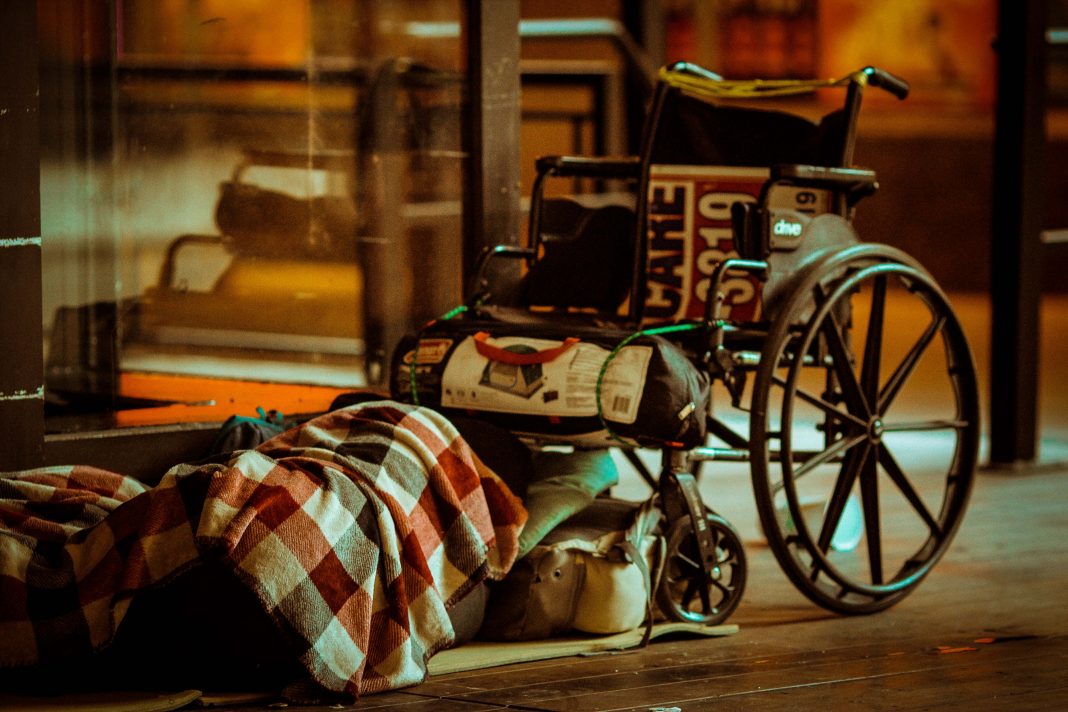If you want to create housing for vulnerable groups, you have to factor in quite a few aspects: you need to provide permanent housing that comes with plenty of (optional) services; and you also want to build a community, seek partnerships, and pay close attention to design.
As you might have guessed already, these aspects don’t come without their challenges. To get an overview of these challenges, we spoke to Sierra Atilano, the Chief Real Estate and Investment Officer of the Skid Row Housing Trust.
In our interview, Sierra defines three main challenges linked to creating housing for vulnerable groups:
1. Find Cash or See Your Project Crash
We are not going to beat around the bush: creating housing for vulnerable groups is not going to be cheap. You have to find a way to fund your project. The Trust, for instance, mostly relies on government funding sources. But even they are struggling. It often takes the Trust several years to progress from design to completion since they have to wait for funding applications to open and the money to come in. Sierra mentions that funding from private sources is a solution worth exploring in the future. Generally, however, she thinks that the whole system has to change. This is also stated clearly on the Trust’s website:
“If local, state, and federal governments redirected the taxpayer dollars that fund emergency room visits, shelter stays, and the jailing of homeless individuals it would be easy to fund thousands of permanent supportive housing apartments.”
2. More Homes for the Homeless
In several countries, another problem is that more and more people end up on the streets. As a result, more and more people require housing. However, if you are housing vulnerable people permanently, you will run out of flats after a while. That means you would have to continue building new homes for the growing number of homeless people. Now, that’s not necessarily the most sustainable business model, is it?
The solution to this again could lie in system change. Instead of thinking about and designing for micro-communities (i.e., vulnerable groups only), we need to start looking at macro-communities, Sierra highlights. That means building affordable housing alongside permanent supportive housing. By doing so, we can ensure that people don’t fall into homelessness in the first place (as they will have access to affordable housing).
3. Moaners and Groaners
When creating housing for vulnerable groups, you have to deal with NIMBY attitudes. These make realising your project difficult. The solution here is to change mindsets.
Design excellence is one way of doing so. Another way is educating opposers. Sierra says that quite often people screaming “not in my backyard” think that homelessness isn’t something that affects them personally. That is a misconception. Almost everyone can fall into homelessness and suddenly be part of a vulnerable group. Losing your job, falling ill, or suffering from poor mental health – all of these are reasons why people end up on the streets. Sierra summarises the issue:
“I think there’s always this view of the homeless, that, well, they can just pick themselves up by their bootstraps, and they could get themselves out of this hole, when in fact, society needs to recognise: how did we create a system that would allow someone to fall into homelessness in the first place?”
The takeaway from the challenges described by Sierra is that we need a massive societal and systemic change to provide housing for vulnerable groups.
In a Nutshell
Creating housing for vulnerable groups involves multiple challenges. Let’s summarise:
- Finding financial support may be difficult.
- Changing the system in place poses a huge challenge, but it is necessary to deal with the rising number of homeless people.
- Much of the public has misconceptions about vulnerable groups and might therefore oppose your project.


